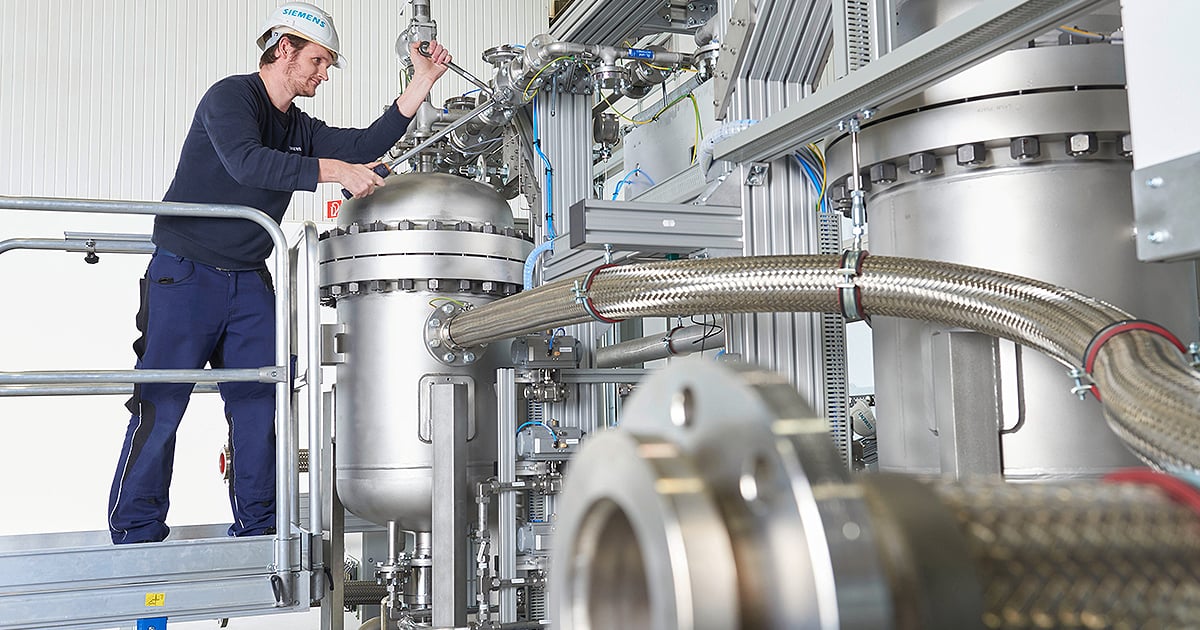
The U.S. Department of the Treasury missed its mid-August deadline to release guidance defining the type of hydrogen production eligible to receive the maximum tax credit under the Inflation Reduction Act.
The department had a year from the passage of the legislation last August to decide how producers might benefit from a tax credit that provides a subsidy of up to $3 per kilogram. The incentive is meant to bolster the production of “green” hydrogen, which is made using electrolyzers that split water molecules.
Producers are banking on the guidance to make decisions about projects, said Frank Wolak, CEO of the Fuel Cell and Hydrogen Energy Association, and they now expect it will arrive in September or October.
“Most people in industry are sort of frustrated because they just want to get on with decisions,” he said.
The Treasury did not respond to a request for comment.
Environmental advocates and hydrogen producers disagree on what types of hydrogen should qualify for the credit. They are waiting for the Treasury to decide. Environmentalist say clean electricity, such as solar, should be used to power electrolyzers because they require a large amount of electricity. Fossil-fuel-powered electrolyzers can generate twice the carbon emissions of the typical method of hydrogen production, according to the Department of Energy.
Industry groups say requiring producers to build new sources of clean energy to power electrolyzers will slow the development of new hydrogen supply, creating a bottleneck that will keep costs prohibitive.
Hydrogen production using electrolyzers costs $5 per kilogram to $6 per kilogram when it uses wind resources or nuclear power. Only 1 percent of hydrogen in the U.S. is produced using electrolysis. Almost all of the remainder is produced using steam-methane reforming, a process that costs less than half the price but produces significant carbon emissions.
The Biden administration has signaled it will side with the hydrogen production industry and incentivize the use of electrolyzers powered by fossil fuels.
John Podesta, the administration’s senior adviser for clean energy innovation, has said the goal of the credit is “to get the industry going” and that the government needs to “create the cost reductions that we need for electrolyzers, but do it in a way that puts us on a path” to the highest standards for green hydrogen.
But the industry is not betting too heavily on Podesta’s comments, Wolak said, because it’s still not clear exactly what the Treasury’s guidance will say.
The Department of Energy has said the U.S. will need to produce about five times more hydrogen — 50 million metric tons — than it does now by 2050 to meet the nation’s growing need.
Hydrogen dodges weight and charging-time issues present in large battery-electric vehicles, making it a good solution for heavy-duty applications such as commercial trucking and marine.

